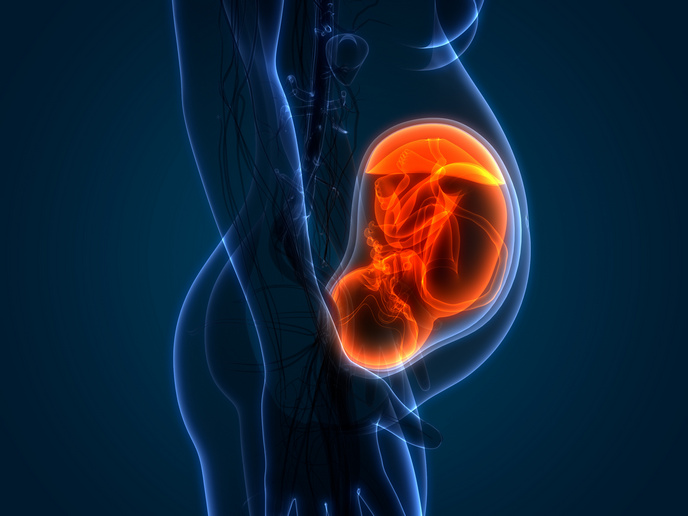Obesity risk — right from the womb
The EU-funded METABOLIC PLASTICITY project worked on identifying markers of metabolic aberrations to monitor metabolic profiles in high-risk individuals during pharmaceutical and lifestyle interventions. Multiple human epidemiological studies have linked our metabolic adaptive responses and susceptibility to diabetes to our prenatal exposure to over-nutrition, under-nutrition or other stressors. Project members used in utero mouse models to study effects of low birth weight due to maternal under-nutrition (UN) on offspring. Comparison of maternally undernourished mice with normal mice showed that maternal UN produces offspring with aberrant metabolism and predisposition to obesity. The 5' adenosine monophosphate-activated protein kinase (AMPK) and the mammalian target of rapamycin (mTOR) pathway are known regulators of cellular energy and nutrition. Protein phosphatase 2A (PP2A) helps regulate cell homeostasis by fine-tuning energy and nutrient sensing in cells of normal mice. Analysis of mice tissue samples showed that the amount of PP2A-A is altered in the offspring of undernourished mice. Its knockdown in cultured cells confirmed that PP2A acts as a controller in the AMPK/mTOR sensor system. Such developmental metabolic plasticity may be reflected in non-linear correlation patterns between birth weight and metabolic markers. Predicting biological variability and response to interventions using markers and mathematical modelling could be the key to normalising compromised metabolic profiles in high-risk individuals.







